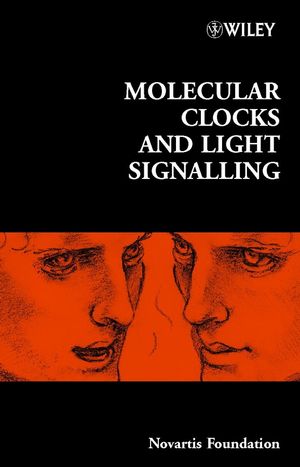

Most ebook files are in PDF format, so you can easily read them using various software such as Foxit Reader or directly on the Google Chrome browser.
Some ebook files are released by publishers in other formats such as .awz, .mobi, .epub, .fb2, etc. You may need to install specific software to read these formats on mobile/PC, such as Calibre.
Please read the tutorial at this link: https://ebookbell.com/faq
We offer FREE conversion to the popular formats you request; however, this may take some time. Therefore, right after payment, please email us, and we will try to provide the service as quickly as possible.
For some exceptional file formats or broken links (if any), please refrain from opening any disputes. Instead, email us first, and we will try to assist within a maximum of 6 hours.
EbookBell Team

4.4
72 reviewsThe classical view of the circadian system is of diverse physiological rhythms regulated by a centralized clock structure. This book presents evidence that challenges this view. Experiments in both vertebrate and invertebrate systems demonstrate that the circadian timing system is dispersed throughout the animal and suggest that possibly every cell contains an autonomous clock mechanism. A variety of tissues and cells contain have been shown to maintain an oscillation when placed in vitro and removed from any external cues or signals that originate from the classical clock structures and/or the environment.
This book draws together contributions from an international and interdisciplinary group of experts whose work is focused on all aspects of the topic. Coverage includes the mechanisms of light signalling to the vertebrate clock, the connections between central and peripheral clocks, circadian gene expression patterns and output pathways of clock mechanisms.
Content: